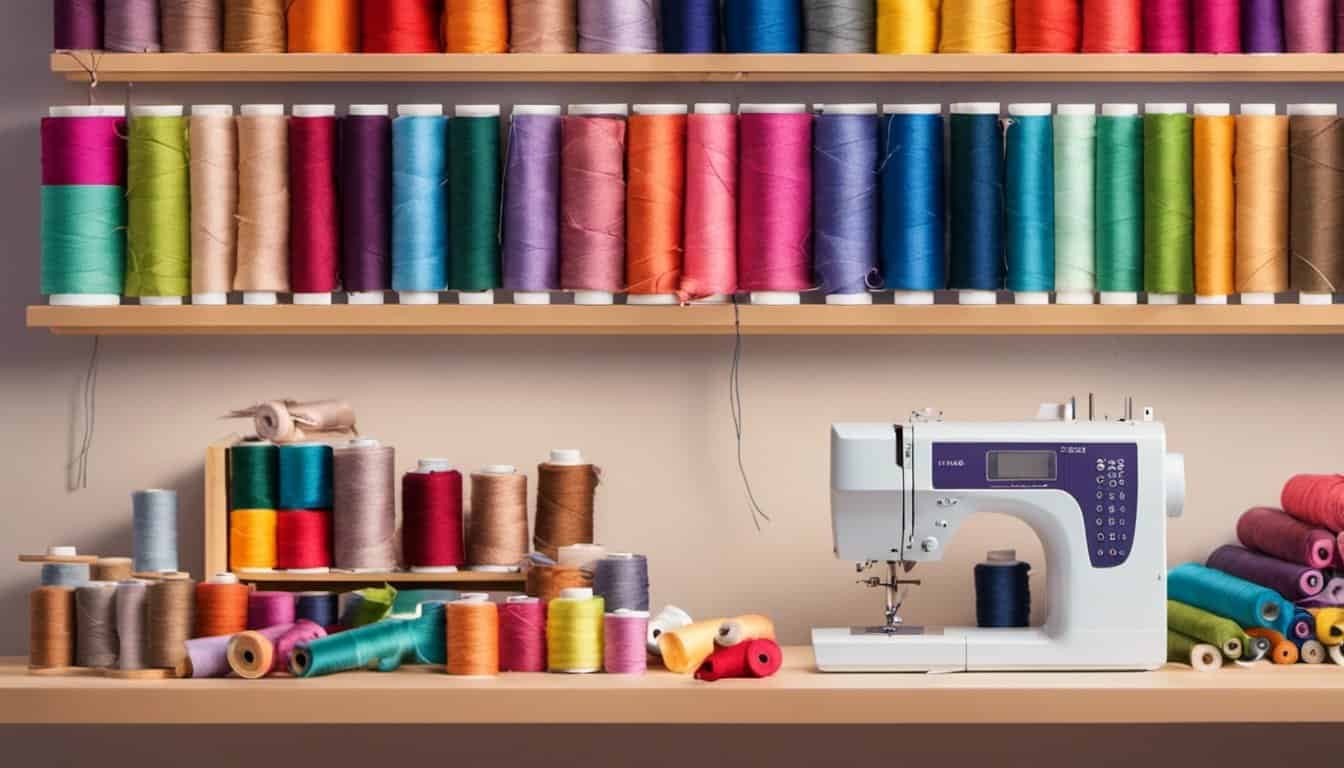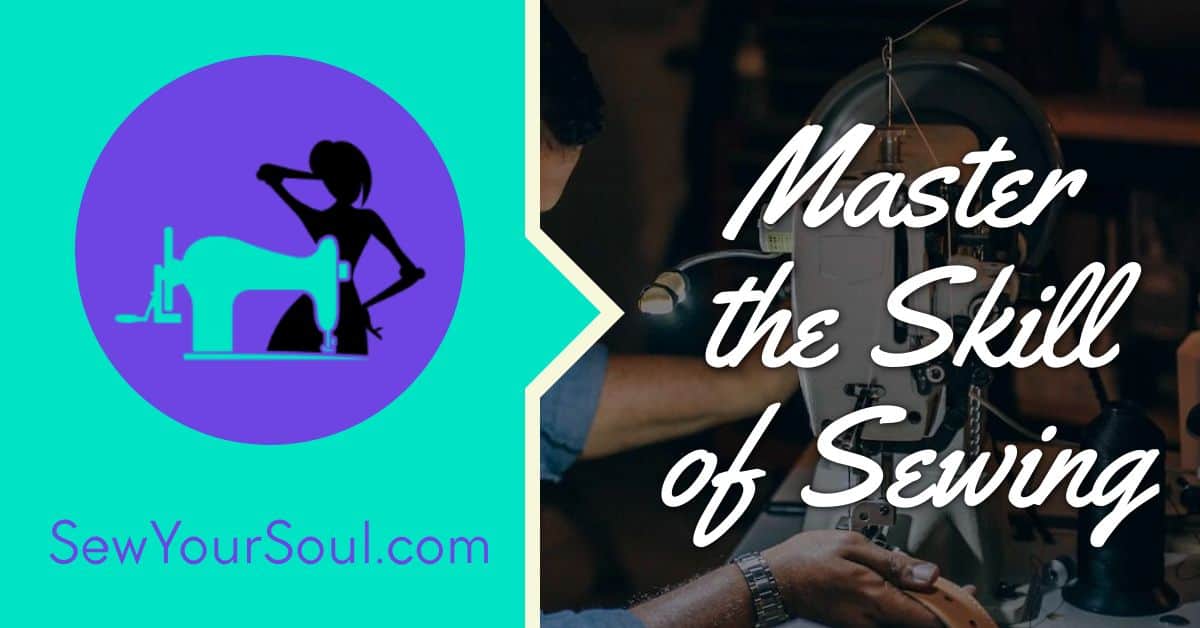So you’ve decided to take up sewing! Whether you’re inspired by the idea of creating your own clothes or just want to fix a few things around the house, sewing is a fantastic skill to have. It might seem a bit daunting at first, but don’t worry—everyone starts somewhere, and you’re in for a fun and rewarding journey.
Choosing the Right Sewing Machine
Selecting the right sewing machine for your needs simplifies your sewing journey. With numerous options in the market, it’s essential to focus on certain key aspects.
Factors to Consider
Look for the following factors when choosing a sewing machine:
- Budget: Determine how much you’re willing to spend. Basic machines can start at $100, while advanced models go for over $1,000.
- Skill Level: Choose a machine that matches your skill level. Beginners benefit from mechanical machines known for being user-friendly.
- Features: Consider the features that matter most to you. Built-in stitches, an automatic needle threader, and a top-loading bobbin are incredibly useful for beginners.
- Brand and Warranty: Reputable brands like Singer, Brother, and Janome often offer reliable products with solid warranties and customer support.
Recommended Models for Beginners
Several models stand out for their ease of use and functionality:
| Model | Price Range | Key Features |
|---|---|---|
| Brother CS6000i | $220 – $250 | 60 built-in stitches, LCD display, auto needle threader |
| Singer 4423 | $160 – $180 | 23 built-in stitches, heavy-duty metal frame |
| Janome 2212 | $180 – $200 | 12 built-in stitches, easy turn dial pattern selection |
These models offer a balance between usability and functionality, making them ideal for sewing beginners.
Essential Sewing Tools and Supplies
Starting your sewing journey requires more than just a sewing machine. To ensure a smooth start, gather all necessary tools and supplies.
Basic Tools to Start With
A few basic tools make your sewing experience efficient. Include the following in your toolkit:
- Scissors: Use fabric scissors for cutting fabric (avoid paper to keep them sharp).
- Pins and Pincushion: Secure fabric pieces before stitching.
- Measuring Tape: Measure lengths accurately.
- Seam Ripper: Correct mistakes without damaging the fabric.
- Needles: Have hand-sewing needles for detailed work.
- Thread: Keep a variety of colors for matching fabrics.
- Iron and Ironing Board: Press seams and fabrics for professional results.
Must-Have Fabrics for Practice
Practicing with the right fabric helps in mastering basic techniques:
- Cotton: Easy to handle, perfect for beginners.
- Muslin: Great for testing patterns and stitching practice.
- Felt: Doesn’t fray, ideal for beginners.
Choose these essential tools and practice fabrics to ensure an enjoyable and productive sewing experience.
Learning Basic Sewing Techniques
Beginning your sewing journey involves learning basic techniques to build a strong foundation. These basics will boost your confidence and skills as you venture into more complex projects.
Understanding Sewing Patterns
Sewing patterns guide you through the creation of garments and items. Beginners often find commercial patterns from companies like Simplicity, Butterick, and McCall’s useful. Patterns come in various difficulty levels and include size charts and fabric recommendations.
- Reading Pattern Envelopes: Find essential information including size, fabric type, and notions required. Notions mean supplies like zippers, buttons, and elastic.
- Pattern Pieces: Identify and cut out the included paper pattern pieces, following marked lines and indicators. Most patterns have lines for cutting, sewing, and notching.
- Layout and Cutting: Lay the pattern pieces on the fabric as per the provided layout guide. This helps in accurate fabric usage and aligns designs correctly.
Practicing Basic Stitches
Mastering basic stitches is crucial for any sewing project. Start with straight and zigzag stitches, common on sewing machines.
- Straight Stitch: Used for most seams and topstitching, this stitch is simple and strong. Set the stitch length to 2.5mm for a standard seam.
- Zigzag Stitch: Ideal for finishing raw edges and sewing stretch fabrics. Adjust the width and length based on your fabric and project needs.
- Backstitch: Reinforces the beginning and end of seams to prevent unraveling. Sew a few stitches backward at seam ends using your machine’s reverse button.
- Basting Stitch: Temporary, long stitches used for gathering or holding fabric in place before final stitching. It’s easy to remove and useful for fitting adjustments.
- Hem Stitch: Often used for finishing the edges of garments. Practice makes it perfect, helping you achieve a polished look.
Remember, practice each stitch multiple times on scrap fabric to gain confidence. These foundational techniques enable you to tackle advanced sewing projects successfully.
Common Challenges for Sewing Beginners
Embarking on your sewing journey involves overcoming common challenges that many beginners face. Here are some insights into these challenges and how to tackle them effectively.

Troubleshooting Tips
Adjusting Tension: Ensure balanced stitches by setting tension correctly. Consult your sewing machine manual to find specific recommendations for different fabrics.
Thread Snags: Use high-quality thread to reduce snags and breaks. Clean the machine’s bobbin area frequently to prevent buildup.
Fabric Puckering: Avoid puckering by using appropriate needle size and type for your fabric. Lightweight fabrics often require sharp, thin needles.
Skipped Stitches: Fix skipped stitches by rethreading the machine and replacing dull needles. Ensure the needle is inserted correctly.
Bobbing Woes: Prevent bobbin issues by winding the bobbin evenly and ensuring it’s inserted properly into the case. Check for loose threads around the bobbin area.
Learning From Mistakes
« Discover 15 Creative Sewing Ideas for Gifts That Will Wow Everyone! — Make sure to add engaging visuals and detailed guides in your blog post to complement this catchy title and optimize the overall reader experience
Do Old Sewing Patterns Have Value? Discover the Hidden Treasures in Your Attic »
Embrace Errors: View mistakes as learning opportunities. Each error teaches you valuable lessons about handling different fabrics and techniques.
Use Practice Fabrics: Work with inexpensive or scrap fabrics to master stitches and patterns. Practice helps build confidence and improves skill.
Analyze Projects: After completing a project, analyze what went well and what didn’t. Keeping a sewing journal can help track progress and identify areas for improvement.
Seek Feedback: Join sewing communities online or locally to share your work and get constructive feedback. Engaging with others can provide fresh perspectives and solutions.
By addressing these common challenges methodically, you’ll develop your sewing skills more effectively and enjoy a smooth journey from beginner to expert.

Conclusion
Embarking on your sewing journey can be both exciting and rewarding. With the right tools, some essential techniques, and a bit of patience, you’ll find yourself creating beautiful projects in no time. Remember to embrace the learning process and don’t be afraid to make mistakes. Each stitch you make brings you one step closer to mastering this wonderful craft. Happy sewing!













